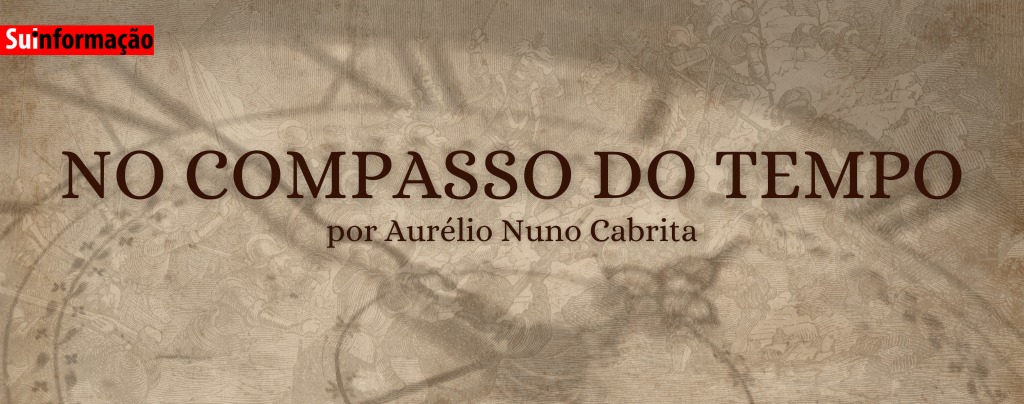The National Smart Territories Strategy (ENTI) was approved by RCM nº 176/2023 of December 18. ENTI is informed by four general principles and five operational guidelines.
The general principles are as follows:
– The absence of a common national strategy hinders the implementation of smart territories (IT) at regional and local level and must be quickly completed,
– The lack of mechanisms that promote synergies between actors and the sharing of experiences and lessons learned needs to be addressed,
– The need for integrated planning and optimization of public expenditure associated with investments of this type and the expansion of small-scale pilot projects at national level must be fulfilled,
– The need to create an interoperability framework and common principles that apply to all IT and respective initiatives must be fulfilled.
As for ENTI's operational guidelines, they are as follows: a citizen-centered approach (1), the capitalization of good practices (2), results-oriented actions (3), the promotion of inclusion and cohesion in a bidirectional logic ( 4), carry out local action, with global thinking and a long-term focus.
One of the first concrete manifestations of this national strategy for smart territories is the creation of the Territorial Intelligence Center (CIT), an initiative of the Collaborative Data Laboratory of Viana do Castelo whose main founding partners are the Instituto Politécnico de Viana do Castelo, the multinational SGS, the FI Group and SmartWatt.
The CIT's main objectives are the production of open data (1) on municipalities in six vectors – governance, environment, mobility, ways of life, economy and society – the production of data processed and made available as services provided and paid for (2) , the aggregation of data for the purposes of analyzing NUTS II and III (3) and, finally, the articulation of data with ENTI and its transformation for the purposes of specific territorial analysis (4).
In this way, a true transformation of the decision-making paradigm in matters of territorial-based public policies is underway, at the precise moment in which, at the political-administrative level, there is a substantial transfer of administrative powers, competencies and resources central to regional, sub-regional and municipal administration.
It is in this context that the strengthening of Intermunicipal Communities (CIM) appears very promising, understood here as a level of sub-regional administration and, also, of an intelligent and creative city-region and protagonist of a new administration. In the design we propose here, CIM smart territories are invited to adopt an operating system called 4×4 and which can be defined as follows:
1. Four types of intelligence: rational and artificial, emotional and natural.
The first two intelligences are the basis of the techno-digital and technocratic rationale of regional politics. Natural and emotional intelligence are the basis of natural and cultural heritage and constitute the historical and anthropological support for a new sentimental geography. The balance between all intelligences is a well-kept secret that still needs to be revealed.
2. Four types of democracy: representative, participatory, collaborative and direct.
The first two democratic modes, representative and participatory, are part of the most conventional, vertical and hierarchical politics.
Collaborative and direct democracies are the most recent fruit of the era of digital platforms and online communities, which are more distributed and horizontal.
The balance between the four modes of democracy is a well-kept secret that still needs to be revealed.
3. Four levels of multi-level governance: European, national, regional and sub-regional, local.
The first two levels of administration deliberate on the partnership agreement (PT 2030) and the general political guidelines for the management of European cohesion policy funds.
The national government establishes political priorities that it transfers to operational, national and regional programs.
The regional, subregional and local levels manage the funds allocated to them based on their action plans.
4. Four management instruments: the digital infrastructure, the database, the territorial analytical platform, the actor-network for the administration of network territories, such as the CIM, for example.
The first two instruments are fundamental to setting up the entire basic infrastructure of CIM's data collection and processing policy. The projection of trends and scenarios for defining public policies on a territorial basis require a political structure of mission and commitment – the actor-network – which is crucial to bringing the governance of the Intermunicipal Community to fruition.
Final grade
In the coming years we will be increasingly closer to the realm of data science, even running the risk of exchanging ends for means. The three main moments of this data science will set the pace for analytics and planning for smart territories.
Moment one, the description, will elaborate the diagnoses, the battery of indicators, the rankings of the territories, moment two, the prediction, will define the trends, forecasts and scenarios, moment three, the prescription, will establish the benchmarking, the regulations and recommendations for public policies for smart territories.
As we said, some prudence is necessary and avoid exchanging the ends for the means. Data science has an instrumental nature and does not replace the sentimental geography, prudent commitment and political deliberation that are offered to us by the set of checks and balances that our sociopolitical and sociocultural system provides us.
Hence the fundamental importance of having a national strategy for smart territories and, within this framework, diligent and competent network actors to manage, for example, the territories of Intermunicipal Communities, among other network territories.
Author António Covas is a Retired Full Professor at the University of Algarve



















Comments